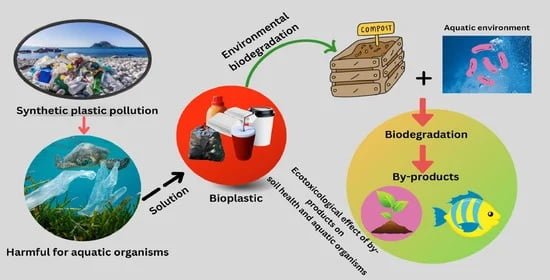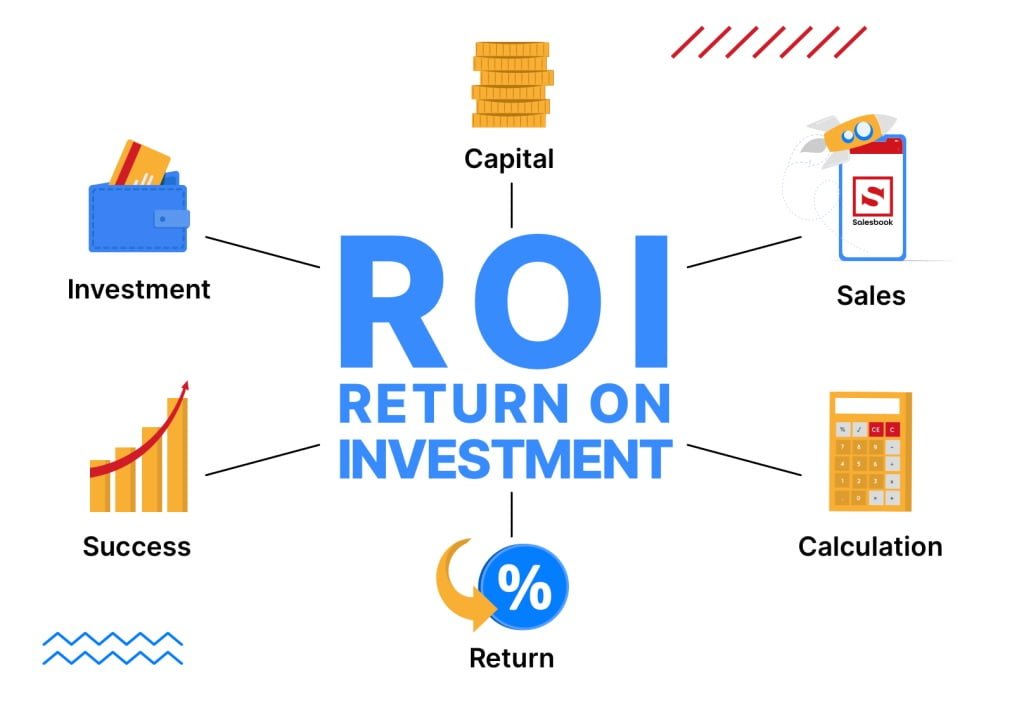Introduction to Biodisintegration
Biodisintegration is changing the way we handle waste. In the face of growing pollution, bio-based solutions provide a sustainable path forward. This process, distinct from biodegradation, ensures the complete breakdown of materials without harmful residue. In essence, biodisintegration means that materials will decompose fully, leaving no microplastics or other pollutants that can harm the environment. This innovative approach is vital in reducing the long-term impact of waste.
Methods like flushability testing are becoming crucial in the packaging and consumer goods industries. Such testing ensures products can safely disintegrate in wastewater systems, mitigating the environmental impact. By verifying that products are safe to flush, companies can prevent sewage system blockages and reduce waste in water bodies.
How Biodisintegration Works
At the core of disintegration is using natural processes to decompose materials. Unlike traditional recycling or waste management, it relies on microbes and environmental conditions to completely disintegrate waste, leaving no trace behind. Microbes such as bacteria and fungi play an active role in breaking down complex molecules into their elemental forms, which nature can then recycle effectively.
This process is highly efficient in breaking down organic material into elemental components. Microorganisms like bacteria and fungi thrive in conditions conducive to their activity, such as optimal temperature and moisture levels. By creating these conditions, we can accelerate the breakdown process. Different materials require different microbial communities for optimal degradation, highlighting the need for specialized approaches to achieve complete disintegration.
Environmental Benefits
The environmental benefits of biodisintegration are profound. This method significantly reduces landfill waste and minimizes the environmental footprint of industries and consumers alike. According to National Geographic, reducing plastic waste in oceans is critical, highlighting the importance of effective waste management solutions like biodisintegration. By adopting biodisintegration, we can ensure that fewer plastics and other harmful materials enter marine ecosystems, safeguarding aquatic life and preserving biodiversity.
Biodisintegration also helps decrease greenhouse gas emissions, as the breakdown occurs aerobically, preventing methane production expected in anaerobic landfills. Methane is a potent greenhouse gas with a much higher heat-trapping capability than carbon dioxide. By diverting organic matter from landfills and promoting aerobic decomposition, disintegration contributes to the fight against climate change.
Applications of Biodisintegration
Disintegration has diverse applications, from packaging to agricultural waste. Industries are increasingly turning to bio-based materials that can fully break down and are aligned with global sustainability goals. Such materials are designed to be environmentally friendly, reducing the ecological footprint of various products. Using biodisintegratable materials can be particularly beneficial in sectors where single-use products are prevalent.
For example, agricultural films used in crop production can be designed to disintegrate post-harvest, enriching the soil rather than polluting it. Similarly, compostable packaging solutions are gaining traction in the food industry, offering an eco-friendly alternative to traditional plastics. Additionally, adopting disintegration in consumer goods, such as disposable cutlery and packaging, is becoming more common, reflecting a shift towards sustainable consumption patterns.
Recent Developments
Recent developments in biodisintegration technology are promising. Researchers are continually refining processes to enhance efficiency and scalability. For instance, advancements in enzyme technology have greatly improved the speed and effectiveness of biodisintegration. Enzymes, biological catalysts, can accelerate the breakdown of complex molecules, making the disintegration process more efficient and predictable.
Innovations in material science are also contributing to creating new biodegradable polymers that disintegrate more predictably and consistently, opening doors to a broader range of applications and improving regulatory compliance. These new materials are designed to meet specific disintegration criteria, ensuring they break down entirely under defined environmental conditions, thus enhancing their utility in various industries.
Data and Research
Accurate data and ongoing research are crucial in understanding and improving biodisintegration methods. Studies have shown that disintegration can be more efficient than traditional methods in certain conditions. The Scientific American notes the importance of continued research in biodegradable materials, which aligns closely with disintegration advancements. Continuous research efforts are needed to optimize processes, develop new materials, and address challenges.
Continuous monitoring and rigorous testing of biodisintegratable products help ensure they meet environmental standards and perform effectively in real-world conditions. This involves assessing the rate of disintegration, the environmental impact of disintegration products, and the overall efficacy of the process. Such data is essential for regulatory approval and fostering consumer trust in biodisintegratable products.
Future of Biodisintegration
The future of disintegration looks bright as innovations continue to emerge. With increased emphasis on sustainable practices, this eco-friendly solution will likely become a key player in global waste management strategies. Governments, corporations, and consumers increasingly recognize the importance of sustainable waste management solutions to combat climate change and environmental degradation.
As technologies evolve and public awareness grows, disintegration can substantially impact our environmental footprint, promoting a healthier planet for future generations. The continued collaboration between scientists, industry leaders, and policymakers will be crucial in driving forward this innovative approach to waste management, ensuring that disintegration becomes an integral part of our sustainable future.



